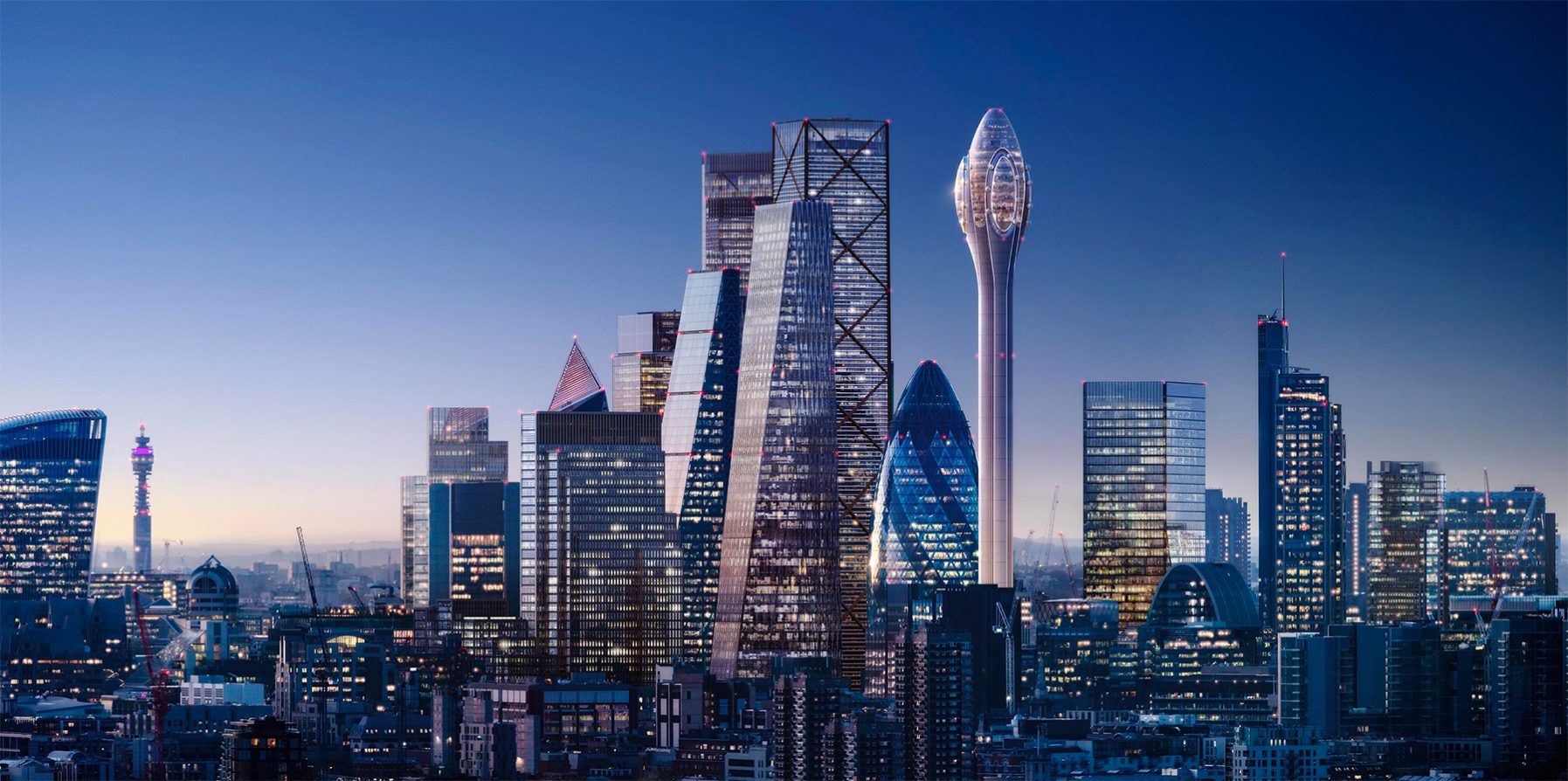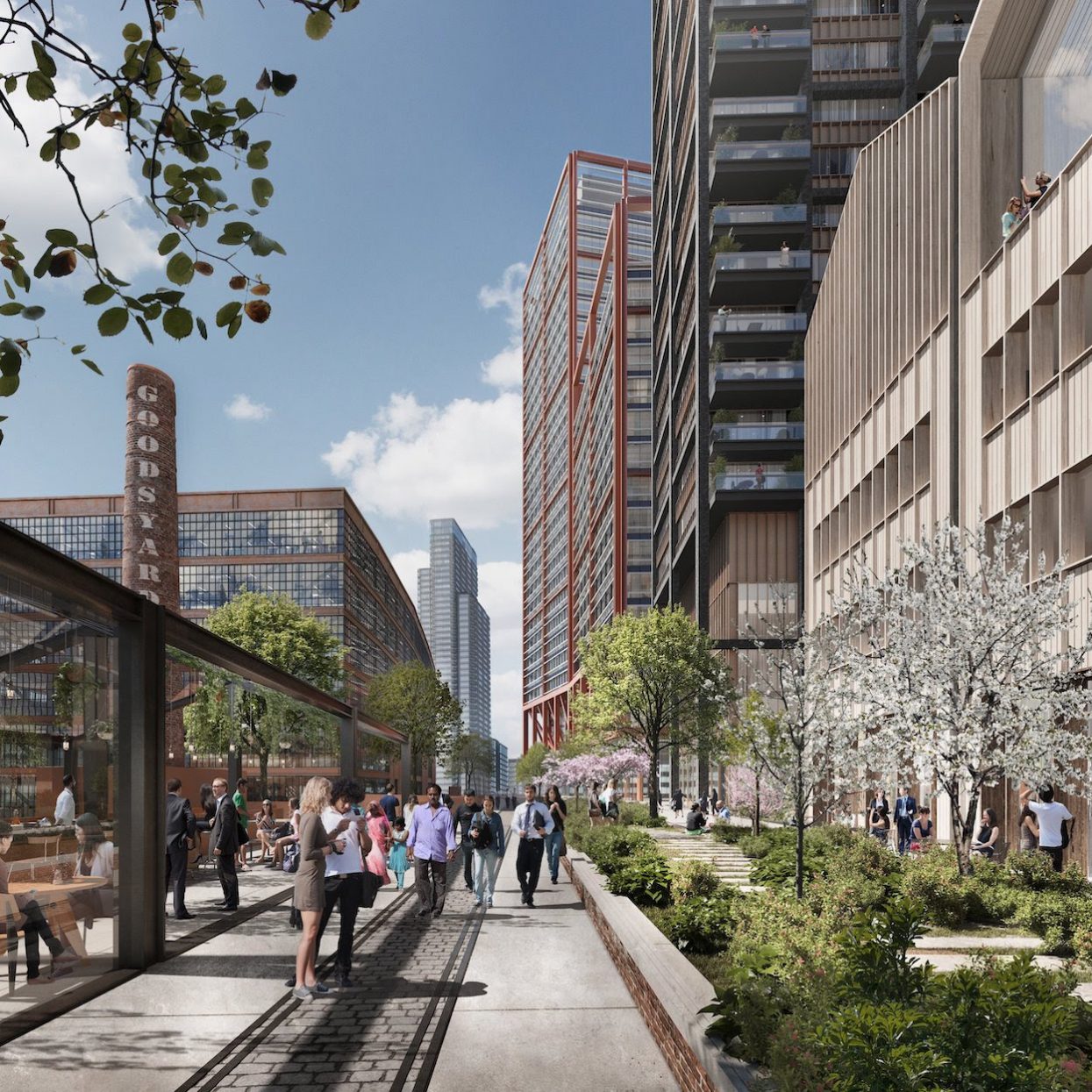Shortly after London mayor Sadiq Khan took office, in 2016, he named 50 architects and designers—including David Adjaye, Alison Brooks, and Sadie Morgan—as Design Advocates. The appointees would work with local councils to review major design projects to help improve the quality of the built environment, particularly along the lines sustainability and inclusivity as the city’s population approached 10 million. City Hall enlisted their opinion on 150 projects across architecture, public space, planning, development, and conservation, including the controversial Tulip Tower by Foster + Partners, the Bishopsgate Goodsyard master plan, and the pedestrianization of Oxford Street. It was a diverse group, hand-picked to tackle the low representation of minority groups in architecture: half were women, and a quarter identified as BIPOC.
Of course, much has changed since 2017. The pandemic ground life to a halt and devastated local businesses, exacerbating the economic and housing inequality that was already gripping the city. It was also the site of mass protests against police brutality during the Black Lives Matter movement, which saw demonstrators topple statues of slave traders across England. Now that Khan has been re-elected, he’s refreshing his roster of Design Advocates with the aftermath of these historical moments in mind—and appointing those aligned with his Good Growth by Design prospectus, a strategy he published this past year to facilitate sustainable economic growth.
“We know that good architecture and planning can make a real difference between the places that work—socially and environmentally as well as economically—and those that age gracelessly,” Jules Pipe, London’s deputy mayor for planning, regeneration, and skills, said in a statement. “That’s why we’re delighted to be recruiting a new cohort of experts who will use their extensive expertise and skills to help us build back fairer and greener.”


